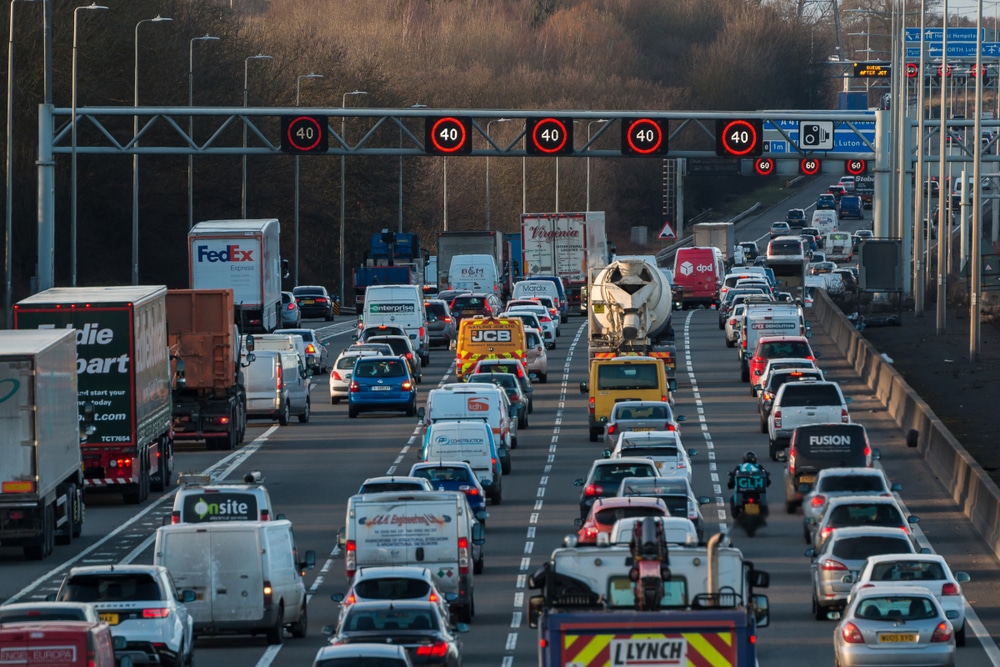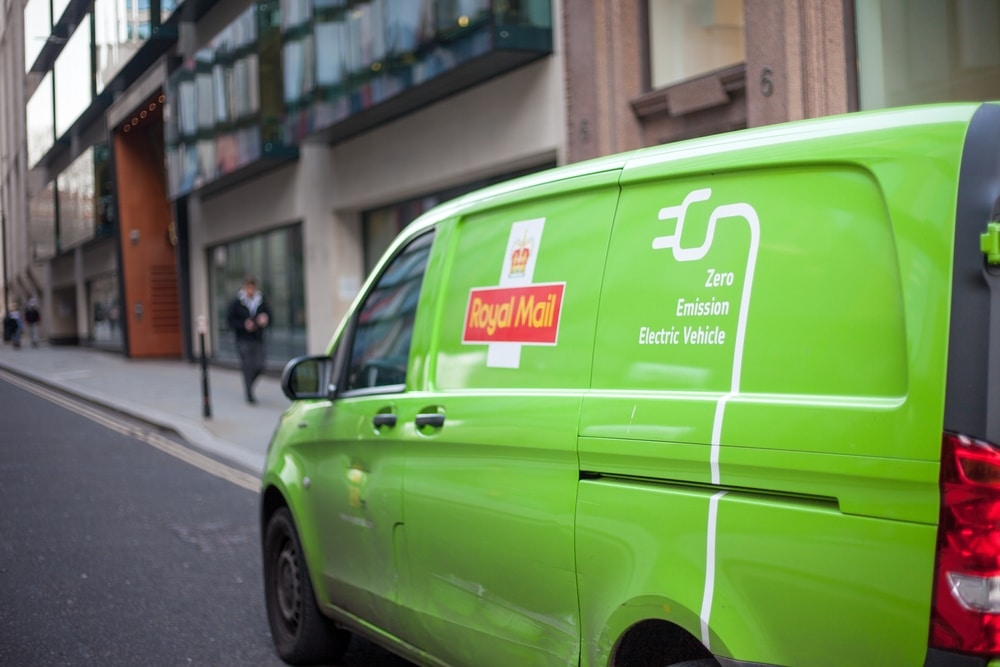Insight / Blog
Are electric fleets the answer to last mile sustainability?
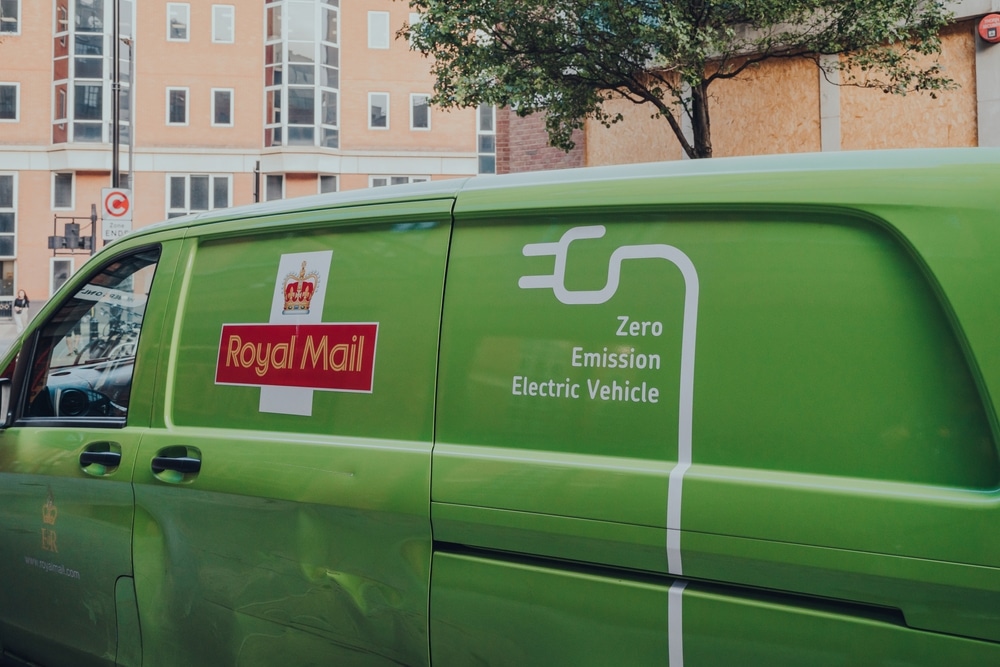
Summary: With global emissions rising by 5% in 2021, we ask if electrification is enough for last-mile sustainability.
Carriers and posts have been making a lot of noise about their sustainability goals, including pledges to become carbon neutral in timeframes that vary from the next few years to the 2040s and beyond.
One of the biggest trends within last-mile sustainability is the implementation of electric vehicles in varying numbers. Here’s a brief survey of some recent European post and carrier numbers:
-
DPD UK have 1500 electric vehicles
-
Chronopost have 400
-
Royal Mail have 3300
-
PostNord have 5000
-
Posten Norge have 1000
-
Evri have 168
That’s just the number of vehicles that carriers and posts have right now. More have committed to and purchased even more vehicles to be rolled out over the coming years. Amazon, An Post and bpost are respectively forecast to have 10,000, 2000 and 1200 electric vehicles by the end of 2022. And with impending European regulations, this number could skyrocket.
With global emissions rising by 5% in 2021, the single largest increase in more than a decade, we need to ask if electrification is enough for last-mile sustainability.
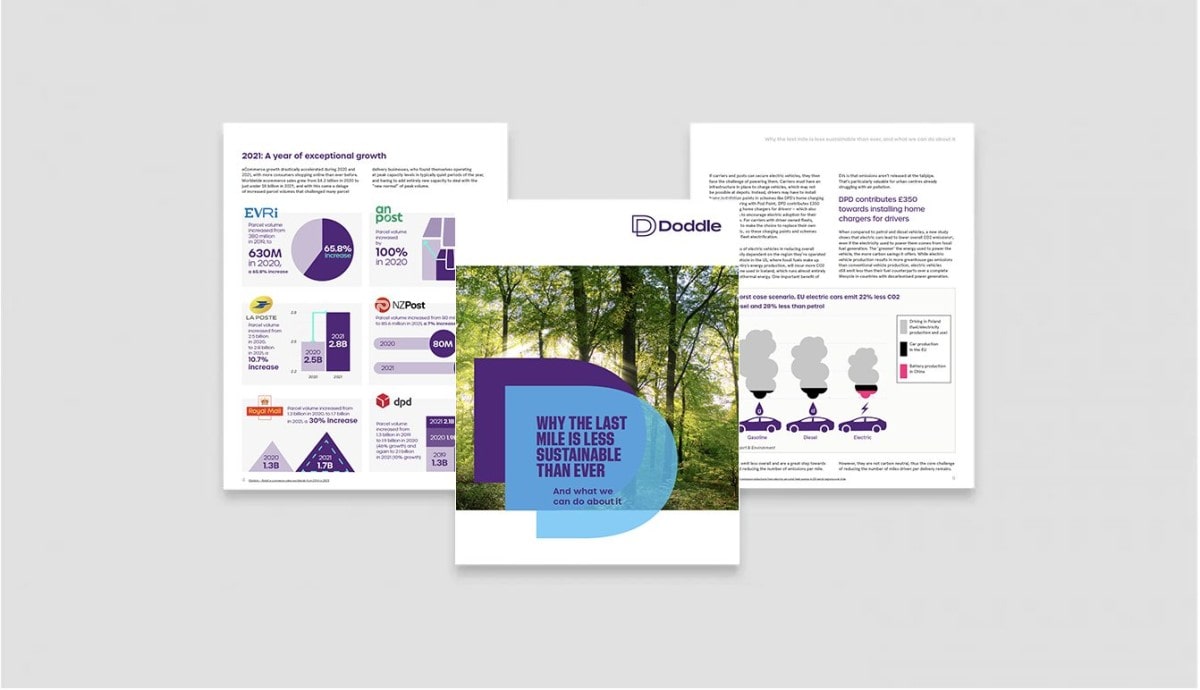
Are electric cars emission-free?
Electric vehicles are sometimes described as ‘emission-free’, because they don’t emit any CO2 whilst driving. This is true, which is why carriers such as DPD have the big ‘zero emissions’ statement on the back of their electric delivery vehicles.
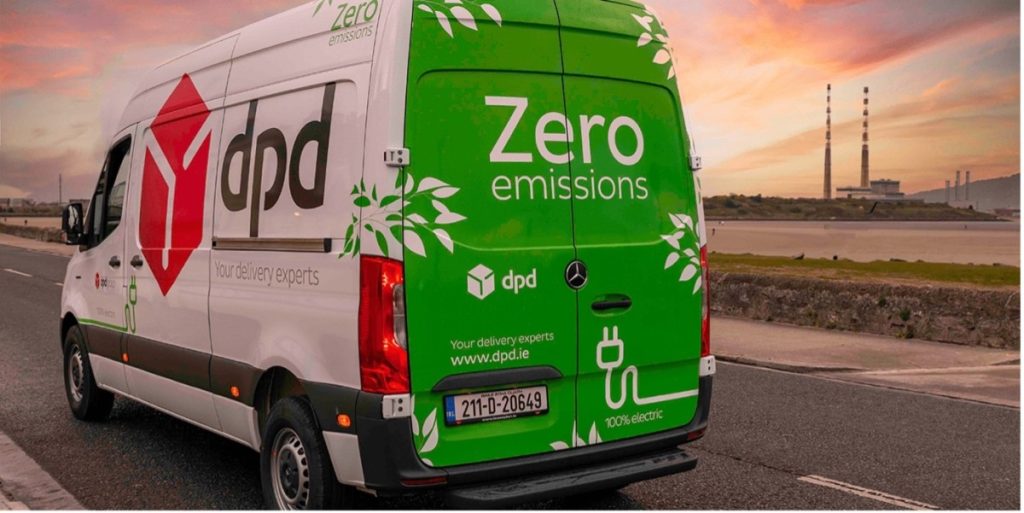
But not emitting CO2 while driving and being emission-free aren’t exactly the same thing. Electric vehicles do create emissions in their manufacture and by the electricity demand created by charging.
The total lifetime emissions will depend on the region that they’re operated in and the overall percentage of fossil fuels powering the nation’s supply. For example, an electric vehicle in the US, where fossil fuels make up most of the country’s energy production, will incur more CO2 emissions than one used in Iceland, which runs almost entirely on hydro and geothermal energy.
Still, if we compare them to to petrol and diesel vehicles, electric vehicles will produce lower CO2 emissions across their lifetime, even if the electricity used to power them comes from fossil fuel generation.
So electric vehicles aren’t emission-free, but they’re a lot closer to that goal than their fuel counterparts. Plus, as the emissions are not released at the tailpipe electric vehicles are also a big bonus for urban centres that are already struggling with air pollution.
Charging up the switch to electric
Electric vehicles are more sustainable than their fuel counterparts, but they are also more difficult for carriers to integrate into their fleet. The biggest problem arises when it comes to charging the vehicles.
Carriers need to be able to charge all vehicles for their routes and potentially map out areas which they can efficiently recharge if needed, transforming the normal delivery routes. In some cases, carriers might also want to think about drivers charging vans up at home, as in DPD’s home charge scheme. Partnering with Pod Point, DPD contributes £350 towards installing home chargers for drivers – which then also act as incentives to encourage adoption of electric vehicles for their personal use.
David Landy, the head of fleet at Evri, also notes the importance of electric vehicles matching their petrol and diesel counterparts in terms of efficiency.
“The transition to a zero-emission, electric fleet will not be an easy journey. From a purely operational standpoint, whichever way you look at it – whether in terms of range, payload or volume – a van with an internal combustion engine beats an electric one hands down. Only when it comes to tailpipe emissions does the battery-powered vehicle outshine the diesel. So we know that this is going to put extra pressure and increased demands on those colleagues out in our depots.”
Carriers must therefore weigh up the convenience and efficiency of their existing fuel fleet, with the changes in infrastructure and operations to implement a more sustainable electric fleet. If they opt for sustainable savings, they also need to make important decisions about the adoption timeframe and how carbon-efficient is it to replace a functioning fuel vehicle with an electric one before the end of its lifespan.
Do carriers wait until their fleet needs replacing to make the switch, or do they implement this change straight away?
Can electric demand be met?
As well as the operational aspect of electrical vehicles, carriers are also faced with a global demand barrier in their production.
In 2019, electric vehicle start-up Rivian attracted investment from Amazon, and a contract for 100,000 vans. However, it’s not yet clear if the first 10 production vans have actually been delivered to Amazon. As a result, Amazon is buying thousands of electric vans from alternative providers in Europe and elsewhere.
Some markets are hit harder by this demand than others, as DPD state that manufacturers are “preferring to produce left-hand drive all-electric vehicles to cater for larger European markets”, leaving UK and Ireland with fewer options than their European counterparts.
Even if carriers wanted to make the switch to all-electric fleets, it will take several years to complete.
Making the last mile more sustainable
Electric fleets are certainly a step in the right direction for last mile sustainability. But with operational costs and manufacturing delays, full electric fleets are a long-term goal that will take many more years to realise, and even longer to become anything like truly emissions-free.
Right now, the biggest threat to last mile sustainability is the increase in parcel volume from record levels of growth. More parcels delivered means more miles on the road, increasing the emissions from carriers even if more of those miles are driven by electric vehicles. If carriers want to be truly sustainable, they need to cut down the number of miles and encourage greater consolidation of deliveries.
Want to talk about sustainable last mile options for your business? Talk to our team today.
Topics:
Related articles
Convenient and sustainable: developing an out-of-home delivery strategy
Sustainability has become a key decision factor for retailers - here's how carriers can stay ahead with an out-of-home delivery strategy that’s both sustainable and convenient for consumers
Regulation is coming for European ecommerce logistics
European postal operators and carriers need a plan to deal with increasing last-mile regulation.
Royal Mail: ‘Environment is the next battleground’ – why carriers need to act on sustainability
Environmental progress isn’t a far-away ambition or personal target – it’s becoming a crucial requirement for securing clients.









